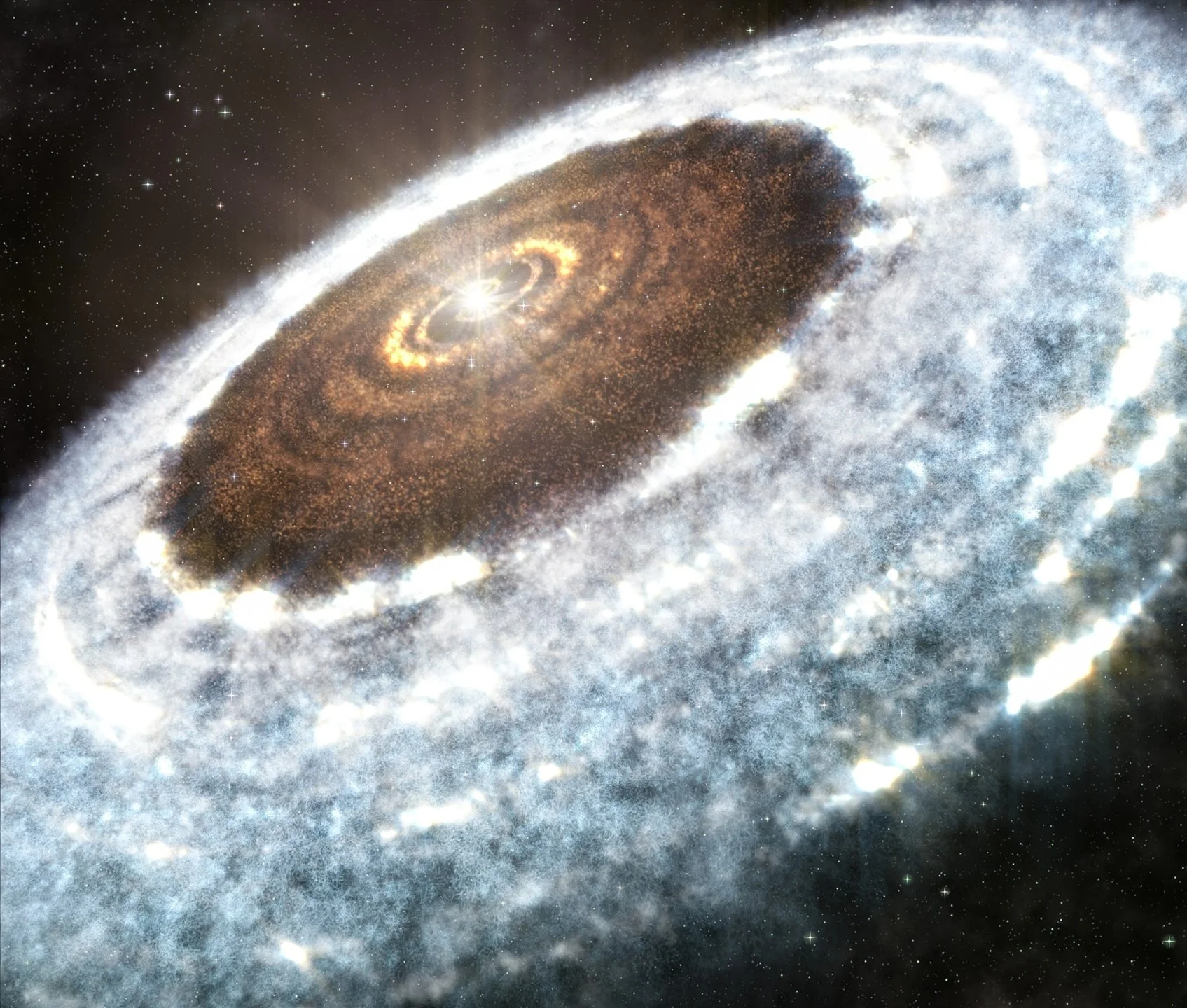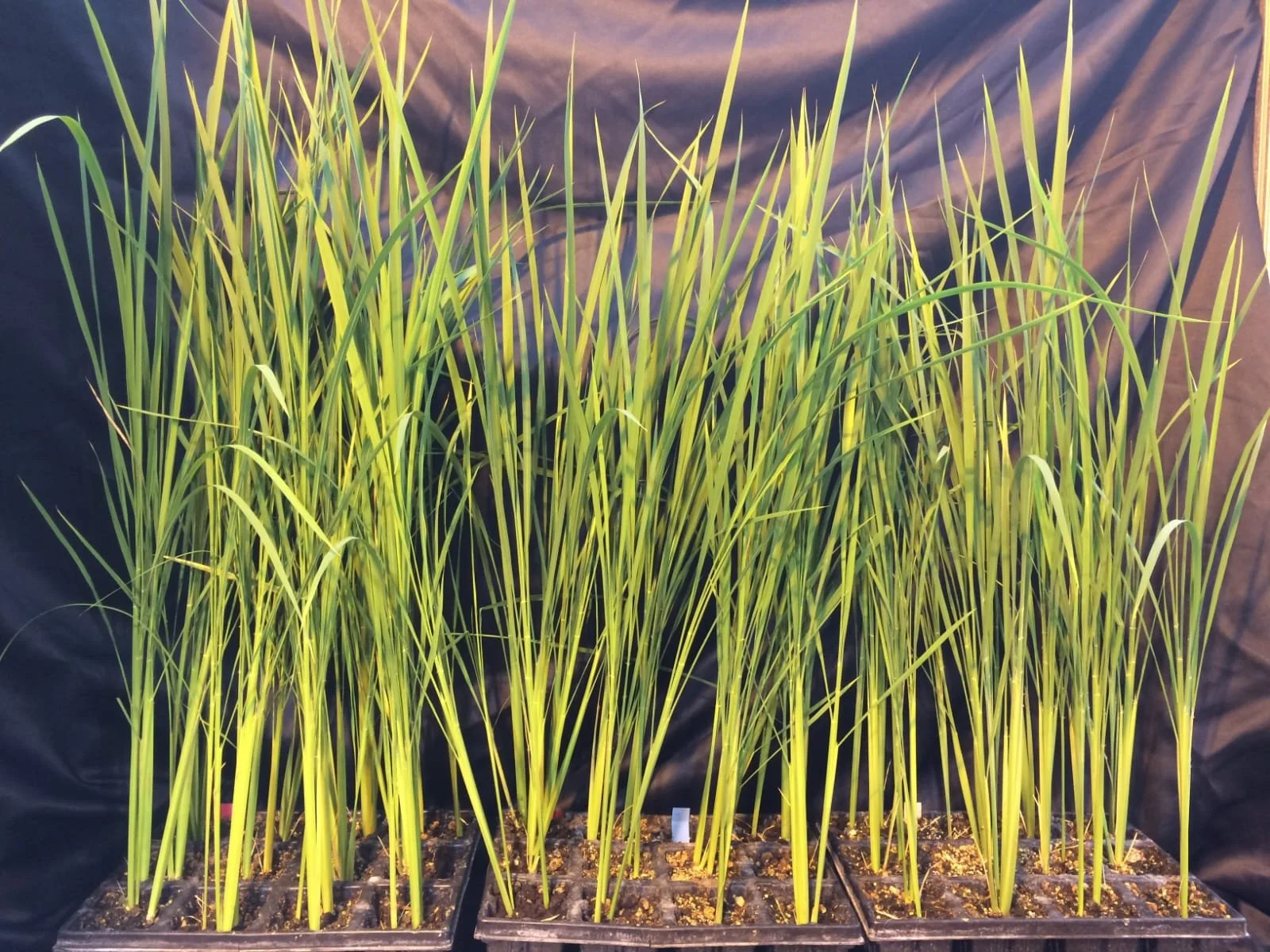Chemists at University College London (UCL) have found a way to show how two of life’s essential ingredients (RNA and amino acids) might have come together nearly four billion years ago. Their work, published in Nature, offers fresh insight into one of the biggest questions in science: how life began.
An Aerial View of Grand Prismatic Spring in Yellowstone National Park - (Image Credit: UrbanArtr via Shutterstock / HDR tune by Universal-Sci)
Why RNA and Amino Acids Matter
Amino acids are the small molecules that build proteins, which carry out nearly every important process in living things. But amino acids cannot organise themselves into proteins without instructions. Those instructions come from RNA, a chemical relative of DNA that can carry and copy genetic information.
The UCL team demonstrated that amino acids could link up with RNA under conditions thought to resemble the environment of the early Earth. According to Professor Matthew Powner, senior author of the study, “Life relies on the ability to synthesise proteins – they are life’s key functional molecules. Understanding the origin of protein synthesis is fundamental to understanding where life came from.”
What the researchers achieved is the very first stage of this process—attaching amino acids to RNA in water, under neutral conditions, and without complicated machinery.
A Fresh Approach to an Old Puzzle
Attempts to solve this puzzle go back to the early 1970s, but earlier methods used unstable, highly reactive molecules that did not work in water. The UCL group instead took inspiration from biology. They converted amino acids into a gentler, reactive form using a compound called a thioester.
Professor Powner explained: “Our study unites two prominent origin of life theories – the ‘RNA world’, where self-replicating RNA is proposed to be fundamental, and the ‘thioester world’, in which thioesters are seen as the energy source for the earliest forms of life.”
The work suggests that small pools or lakes on the young Earth could have provided the right setting for these reactions—though the vast oceans would probably have been too diluted.
Towards the First Genetic Code
The next challenge the team faces is to show how RNA might have gone further: binding to specific amino acids in a way that could create a genetic code. If this step can be explained, it would help reveal how protein-making instructions first arose.
Lead author Dr Jyoti Singh compared the chemistry to playing with small toy bricks: “Imagine the day that chemists might take simple, small molecules, consisting of carbon, nitrogen, hydrogen, oxygen, and sulphur atoms, and from these LEGO pieces form molecules capable of self-replication. This would be a monumental step towards solving the question of life’s origin.”
By showing how amino acids and RNA could naturally link together, the study adds an important piece to the puzzle of life’s beginnings. And while many questions remain, it takes us one step closer to understanding how simple chemistry could have sparked the complexity of life we see today.
If you are interested in more details about the underlying research, be sure to check out the paper published in the peer-reviewed science journal, nature, listed below.
Sources, further reading and more interesting articles on the subject of Space & Exploration:
Too busy to follow science news during the week? - Consider subscribing to our (free) newsletter - (Universal-Sci Weekly) - and get the 5 most interesting science articles of the week in your inbox
FEATURED ARTICLES:







